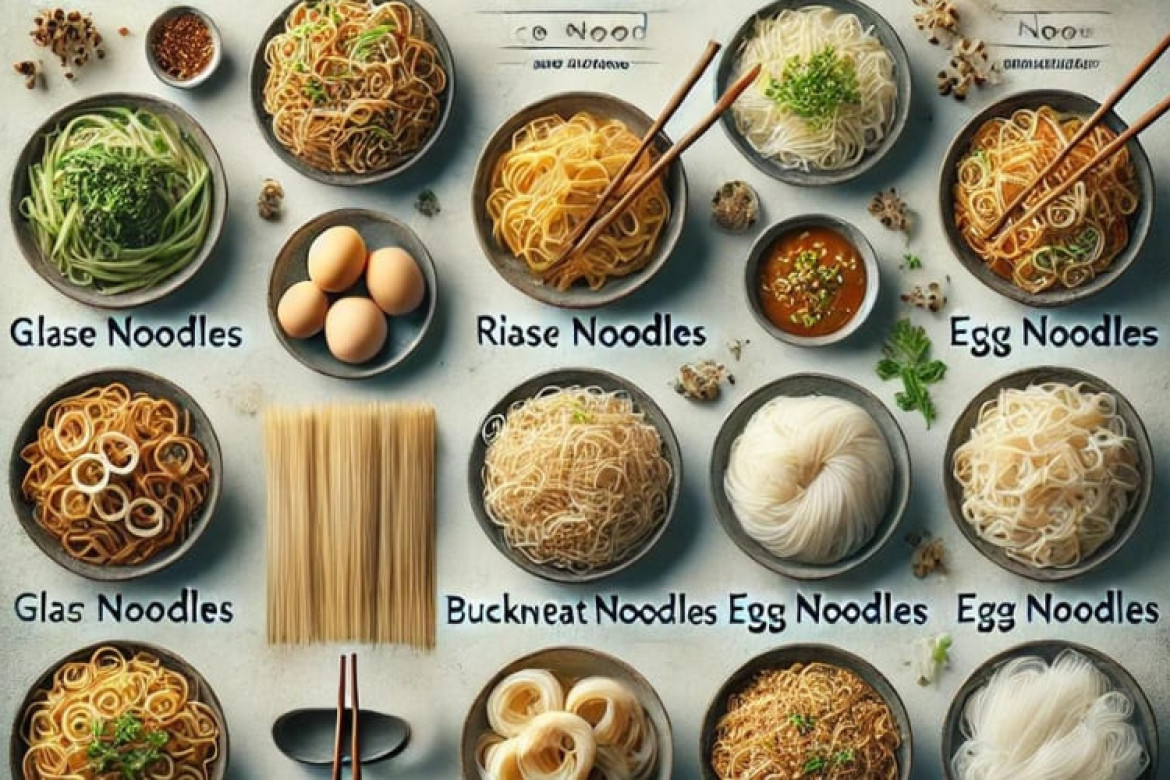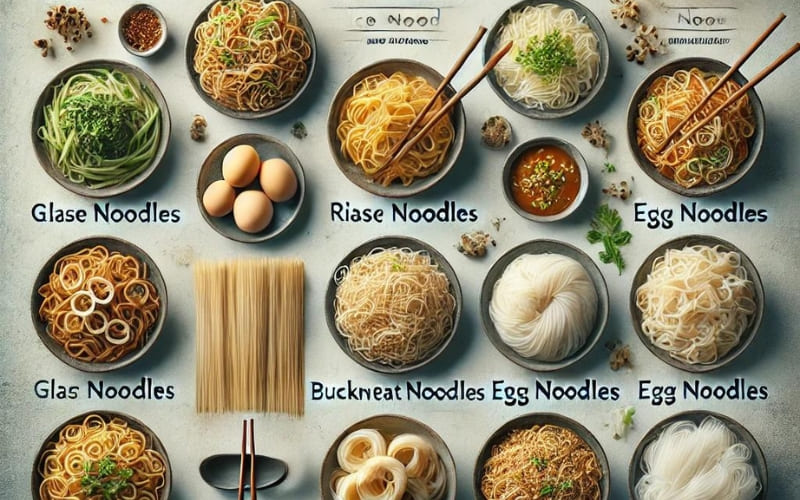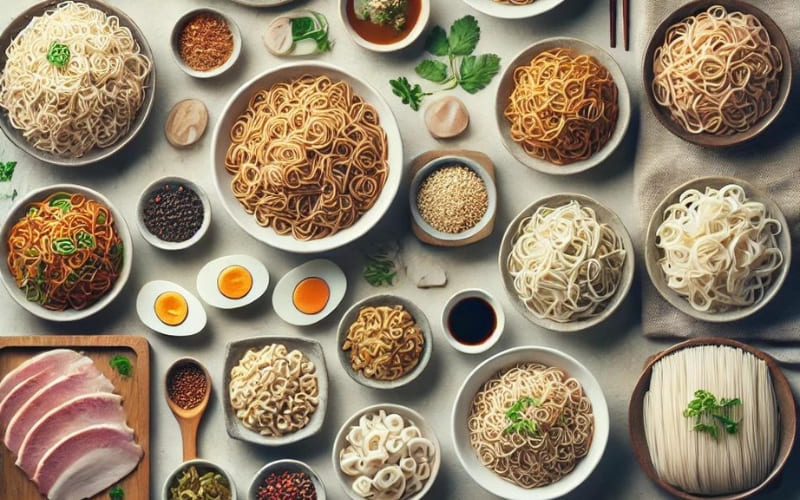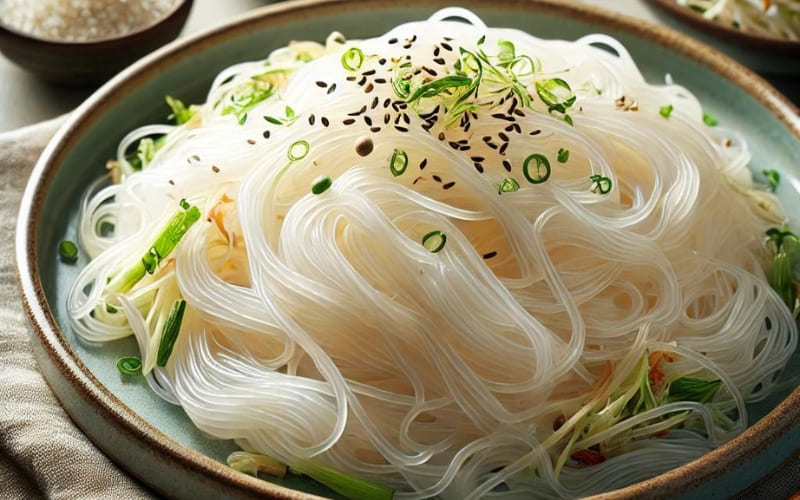
Chinese noodles are a cornerstone of Chinese cuisine, offering a diverse array of flavors and textures. Discover the different types, including wheat noodles, rice noodles
When I think of Chinese cuisine, one of the first things that comes to mind is noodles. These versatile strands of deliciousness are a staple in countless dishes across China. In this article, I will delve into the fascinating world of Chinese noodles, exploring their various types, history, and the unique ways they are prepared and enjoyed.
Chinese noodles come in many forms, each with its own unique characteristics and culinary uses. Among the most popular are wheat noodles and rice noodles, which form the backbone of many beloved Chinese dishes. If you want to try different kind of Chinese noodles, you should visit The Magic Noodle restaurant
Wheat noodles are a cornerstone of Chinese cuisine, prevalent throughout the country. These noodles are incredibly versatile and can be found in a variety of dishes.
Wontons are one of my favorites. These thin and sometimes thick noodles are perfect for soups and stir-fries. Their delicate texture makes them a delight to eat. Chow Mein noodles, on the other hand, are ideal for stir-frying. They absorb flavors wonderfully, making each bite a burst of taste. Dan Dan noodles are another popular type, known for their spicy and savory flavor profile. They are often served with a rich sauce that combines Sichuan peppercorns, minced pork, and preserved vegetables.
Cooking wheat noodles is relatively simple. They can be boiled, stir-fried, or used in soups. The key is to ensure they are cooked just right to maintain their texture.

Rice noodles are commonly used in southern China and are known for their light and refreshing quality. They are particularly popular during warmer months.
Mi Xian, or Yunnan rice noodles, are famous for their springy texture. They are often used in soups and stir-fries, providing a delightful chewiness. Ho Fun, or flat rice noodles, are broad and typically used in stir-fries and noodle soups. Their silky texture allows them to soak up sauces beautifully. Vermicelli, or rice thread noodles, are thin and often found in soups and spring rolls. Their delicate texture makes them perfect for lighter dishes.
Cooking rice noodles requires a gentle touch. They should be soaked in warm water before being added to dishes, ensuring they remain tender and do not break apart.
The Magic Noodle has all of this Chinese noodles, here the The Magic Noodle restaurant menu
Chinese cuisine also features a variety of noodles made from ingredients other than wheat and rice. These noodles add unique textures and flavors to dishes.
Glass noodles, also known as bean thread noodles, are made from mung bean or other starches. They are known for their transparency and are often used in soups and salads. Buckwheat noodles have a nutty flavor and are popular in northern China. They are a hearty option, perfect for robust dishes.
The history of Chinese noodles dates back to around 2000 BC. It is fascinating to see how noodle-making techniques have evolved over millennia. Early noodles were made from millet, a staple grain in ancient China. As wheat and rice became more prominent, noodle varieties expanded.
Throughout Chinese history, regional ingredients and cooking styles have influenced the development of different noodle types. For instance, the use of Sichuan peppercorns in Dan Dan noodles reflects the bold flavors of Sichuan cuisine.
Noodles hold significant cultural importance in China. They are often featured in celebrations and festivals, symbolizing longevity and prosperity. Longevity noodles, for example, are served during birthdays and the Lunar New Year to represent long life. The symbolism associated with different types of noodles adds a layer of meaning to their consumption, making them more than just a meal.

Traditional noodle-making is an art form in itself. It involves kneading, rolling, and cutting dough to create noodles of various shapes and sizes. Modern techniques have streamlined this process, but the essence remains the same. The texture of noodles can vary based on the ingredients and techniques used, from the chewiness of Mi Xian to the silkiness of Ho Fun.
Cooking Chinese noodles involves a variety of methods, each bringing out unique flavors and textures. Boiling is the most common method, especially for wheat and rice noodles. Stir-frying is another popular technique, particularly for Chow Mein and Ho Fun. Stewing noodles in broth, as seen in beef noodle soup, allows the noodles to absorb rich, savory flavors.
Essential ingredients and sauces, such as soy sauce, sesame oil, and chili paste, play a crucial role in enhancing the taste of noodle dishes. These elements combine to create a harmonious blend of flavors that make Chinese noodles so delightful.
Chinese cuisine boasts numerous regional noodle specialties, each with its unique charm. Dan Dan noodles from Sichuan are known for their spicy, numbing sensation. Beef noodle soup from Taiwan is a comforting dish featuring tender beef and flavorful broth. Longevity noodles are a staple in various regions, celebrated for their symbolism and delightful taste.

Selecting the right noodles for a dish is crucial for achieving the desired taste and texture. For instance, Chow Mein noodles are perfect for stir-fries, while Mi Xian excels in soups. Understanding the properties of different noodles helps in creating dishes that are both authentic and delicious.
For those eager to learn more about Chinese noodles, there are many excellent cookbooks and websites available. These resources provide detailed recipes and insights into the diverse world of Chinese cuisine, helping you master the art of noodle-making and cooking.
In conclusion, Chinese noodles are a rich and diverse culinary element, deeply rooted in history and culture. From the versatile wheat noodles to the light and refreshing rice noodles, each type offers unique flavors and textures. Exploring the world of Chinese noodles is not only a culinary adventure but also a journey through time and tradition. So next time you enjoy a bowl of Chinese noodles, remember the rich heritage and craftsmanship that goes into every strand.